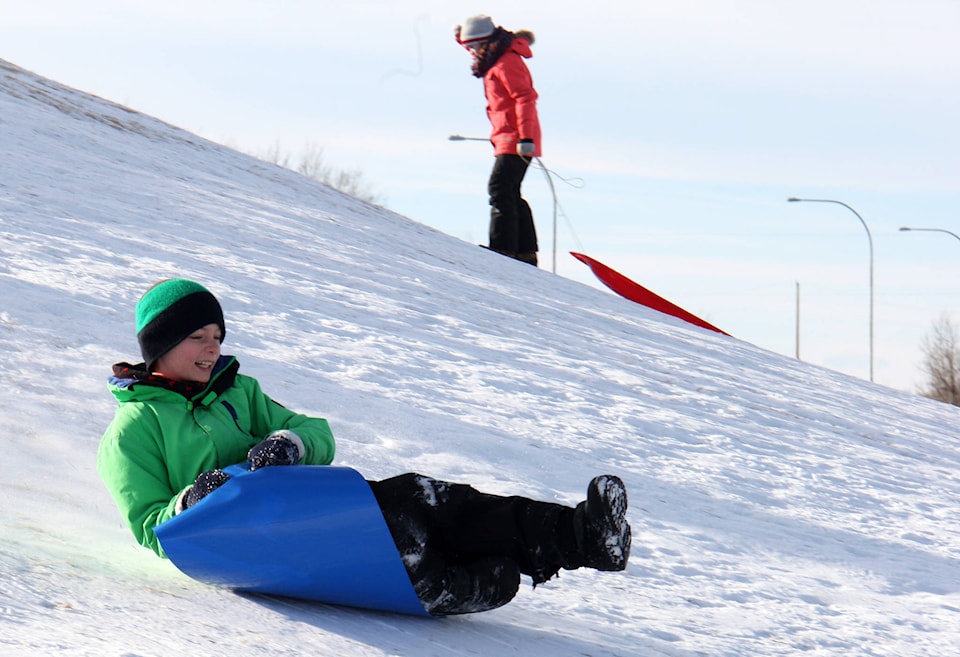Central Albertans are in for a pretty easy winter ride for the next few days, and it will only get better next week.
On Friday, sunny skies and a high of 1 C is forecast and it’s expected to be sunny and -2 C on Saturday.
“It’s going to be more sunny than cloudy over the next seven days,” said Environment Canada meteorologist Erik Dykes.
“Temperatures are going to remain for the most part of the week, above the average.”
A high of 1 C is forecast for Sunday, 4 on Monday and 1 on Tuesday.
Temperatures could soar to 9 C by Wednesday, balmy by winter standards, but far off the record high.
In 1941, the temperature rose to an incredible 17.2 C on Dec. 2, in a week that produced a number of record highs.
The record high could be in play on Dec. 3, however. The high that day was 10.4 C, set in 2004, and while Environment Canada does not forecast highs that far ahead, the warm weather is expected to stick around a few days.
There could even be rain in the Peace River to Edmonton areas.
Whether the temperature reaches 9 C or gets into the double digits will depend on how much snow remains on the ground, said Dykes.
The more snow on the ground, the more heat is reflected, which can reduce air temperatures by several degrees.
Meanwhile, the number of snowplows tackling central Alberta highways will be boosted this winter.
Mainroad Alberta Contracting said on Thursday it is adding operators to the existing 70 staff in Red Deer, Ponoka and Winfield.
The change means more trucks will be hitting the highways after a snowfall.
Since August 2019, Mainroad has had the contract to oversee 4,600 kilometres of provincial highways around Red Deer, Innisfail, Lacombe, Ponoka, Rimbey and Wetaskiwin.
Mainroad expects to use 17,000 tonnes of salt, 50,000 tonnes of sand and three million litres of liquid anti-ice brine.
